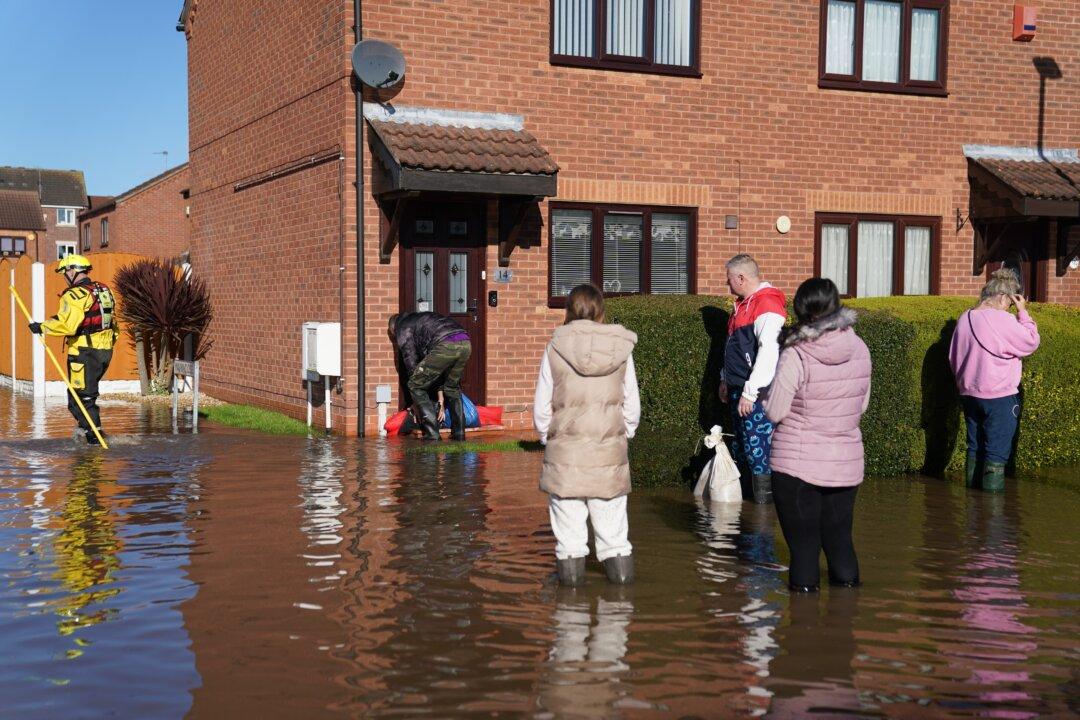The government will be able to better protect 40 percent fewer properties from flooding damages by 2027, a report by the National Audit Office (NAO) has warned.
The UK has been recently battered by storms Babet and Ciaran, which put people’s lives at risk and caused flooding and coastal erosion. Last year, the country experienced three storms in February—Dudley, Eunice and Franklin—that affected hundreds of properties.





